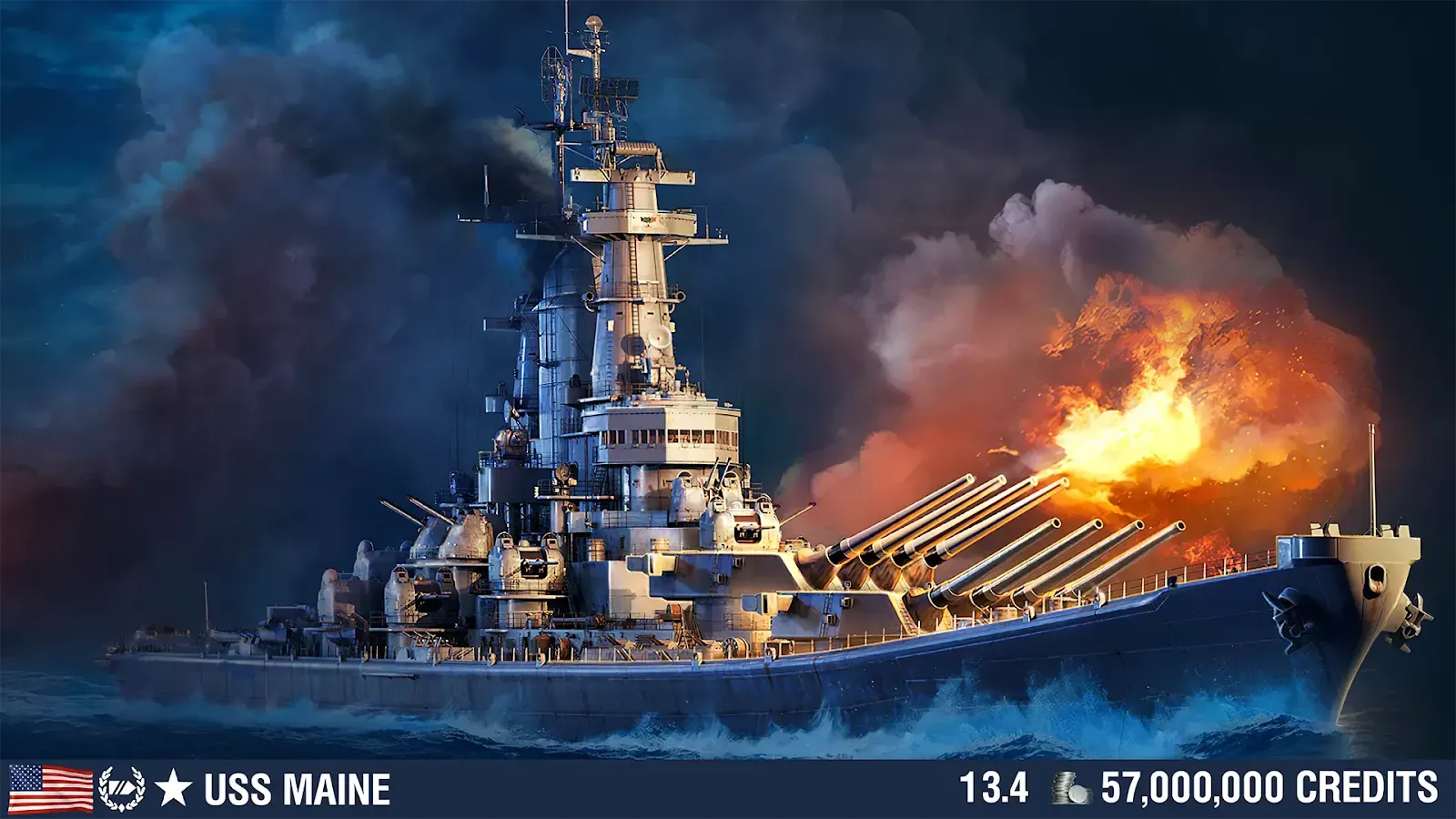Battleships were once the mightiest warships, dominating the seas for decades.1 These massive vessels, armed with powerful guns and thick armor, were symbols of naval power and technological advancement.2
The Rise of the Battleship
The concept of the battleship emerged in the late 19th century with the development of ironclad warships.3 These ships, clad in iron armor, revolutionized naval warfare.4 The British battleship HMS Dreadnought, launched in 1906, marked a significant turning point, introducing a new era of naval power.5 The Dreadnought was equipped with a uniform battery of large-caliber guns, making older battleships obsolete.
The Decline of the Battleship
The dominance of battleships began to wane in the mid-20th century, primarily due to the rise of aircraft carriers and the development of long-range missiles.6 Aircraft carriers could project air power over vast distances, while missiles could strike targets with precision.7
Despite their decline, battleships played a crucial role in shaping the course of history. They were involved in major naval battles, such as the Battle of Jutland and the Battle of the Philippine Sea, and played a significant role in World War I and World War II.8
The Legacy of the Battleship
While battleships are no longer the dominant force in naval warfare, their legacy lives on. Many battleships have been preserved as museums, allowing visitors to learn about their history and technological advancements.9 These majestic vessels continue to inspire awe and fascination, reminding us of the power and ingenuity of human engineering.
Although battleships have faded from the forefront of naval warfare, their impact on naval history and technology is undeniable. They remain a symbol of the past and a testament to the ever-evolving nature of naval power.





